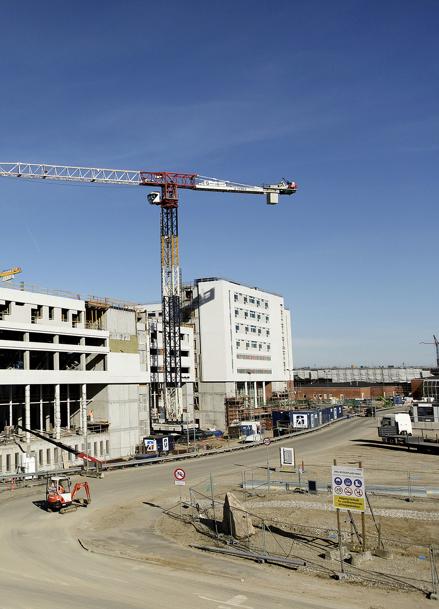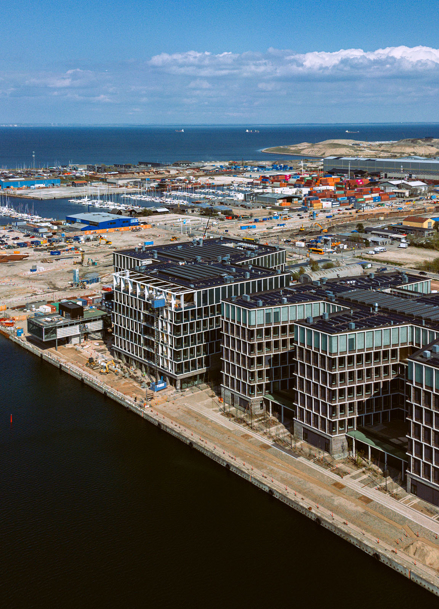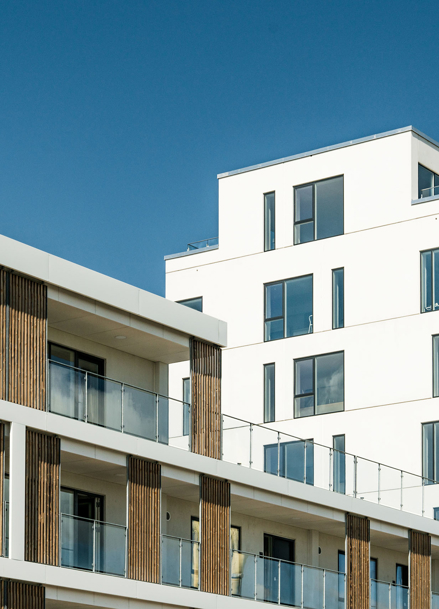The area around the treatment plant contains many pipes in the subsoil, some very close to existing buildings, which is why the work has to be performed with the utmost care.
Initially we demolished two existing sludge treatment tanks, and various solidly reinforced concrete structures to accommodate the new construction. In addition to the two tanks and the filtering system, we established a stair and elevator shaft providing access from the cellar to the top of the sewage digesters, a large cellar construction for pumps, exchangers, piping systems as well as concrete tanks and wells.
All constructions, including reinforcement and prestressed reinforcement, were drawn in a 3D model in order to provide an overview of the construction and the individual components. The model was then transferred to the iPads used on site to create an overview of each part of the construction, with the ability to zoom in and out if needed.





